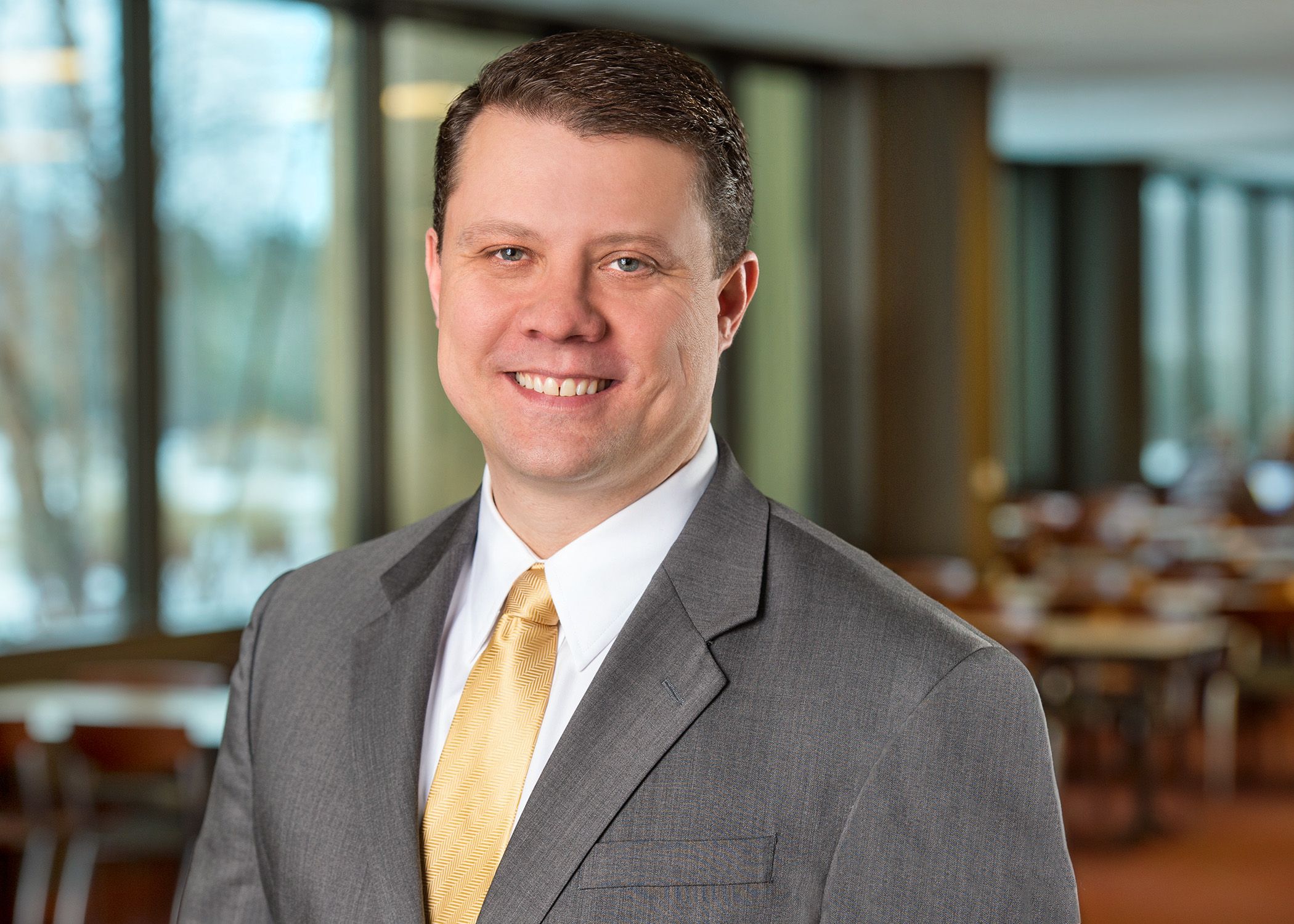On July 21, agribusiness giant Cargill announced a new partnership with shrimp producer Naturisa to build a $30 million shrimp feed facility in Guayaquil, Ecuador. Once constructed, the high-tech facility will be able to mill 130,000 metric tons of shrimp feed per year. Naturisa is Ecuador’s second largest shrimp producer and the fourth largest exporter in the country.
For a number of years, Cargill has imported agricultural commodities into Ecuador through its Americus Marketing Group. In a press release announcing the investment, Cargill described the opportunity as opening the door to future investment opportunities for other commodities in the market.
The investment is part of an animal nutrition business growth strategy at the 150 year-old company. The new state-of-the-art facility will combine the latest feed safety technology and product quality capabilities. The Guayaquil facility positions Cargill to achieve its growth plans through increased production capacity and flexibility in product manufacturing, formulation, packaging and logistics for competitive offerings in both Ecuador and Peru.
With more than 250 facilities in 37 countries around the world, Cargill has made substantial investments in aquaculture technology. AgFunderNews recently had the opportunity to ask Cargill’s aquaculture technology leader Ryan Lane about the recent $30 million investment in Ecuador and the technologies that it will include.
What prompted Cargill to make this investment?
This investment is aligned with Cargill’s goal to be a global leader in shrimp and feed nutrition. Ecuador is key market in shrimp globally. Cargill has participated in the Ecuadorean market for 8 years and built a solid foundation of customers and business. Investing was a very natural step in this journey and doing it in combination with a strong partner like Naturisa was fundamental to ensure the long-term viability and sustainability of Cargill’s first investment in Ecuador.
What kind of technologies have played a part in shaping the shrimp industry to date?
Technical advancements have been made in genetics, culture techniques/best farm management practices at all physiological life phases, health management, and shrimp nutrition, all of which have greatly impacted the shrimp industry. From a nutritional standpoint, the progression away from live foods with effective, sustainable feed offerings has been and will continue to be a critical step for the industry. The introduction of nursery raceways between hatchery and grow-out production has greatly improved overall production and minimizing risk of catastrophic losses of disease.
What sort of technologies will be implemented in the new facility?
We will be fully implementing Cargill’s nutritional core competencies for shrimp. Understanding the nutrient demands of the shrimp under different market conditions and in turn effectively delivering these nutrients to the shrimp have been the cornerstones of demonstrating distinct value to our customers. Cargill’s nutritional competencies will ensure the continued delivery of distinct customer offerings to the Ecuadorian shrimp industry, safeguarding our customers with profitable growth under a sustainable umbrella of food safety. By having access to a state-of-the-art manufacturing facility opens the door for opportunities for innovation and efficiencies in the areas of manufacturing, formulation and freight to be able to provide competitive offerings to customers in both Ecuador and Peru.
What sort of technologies would you like to see developed for shrimp in the next 10 years?
We expect the shrimp industry will continue to develop holistic solutions of improved genetic lines, culture techniques, as well as sustainable production feeds and health feeds to maximize profitability of the industry. We expect technical advancements within the area of sustainability in terms of reducing nutrient effluents by improved feed digestibility as well as continued reductions on the reliance of finite resources such as fish meal and oil. Regarding these areas of sustainability, Cargill has been investing significant R&D spend on addressing them with practical shrimp feed solutions and innovative ingredients such as Propell and Empyreal75.
Have news or tips? Email [email protected].




